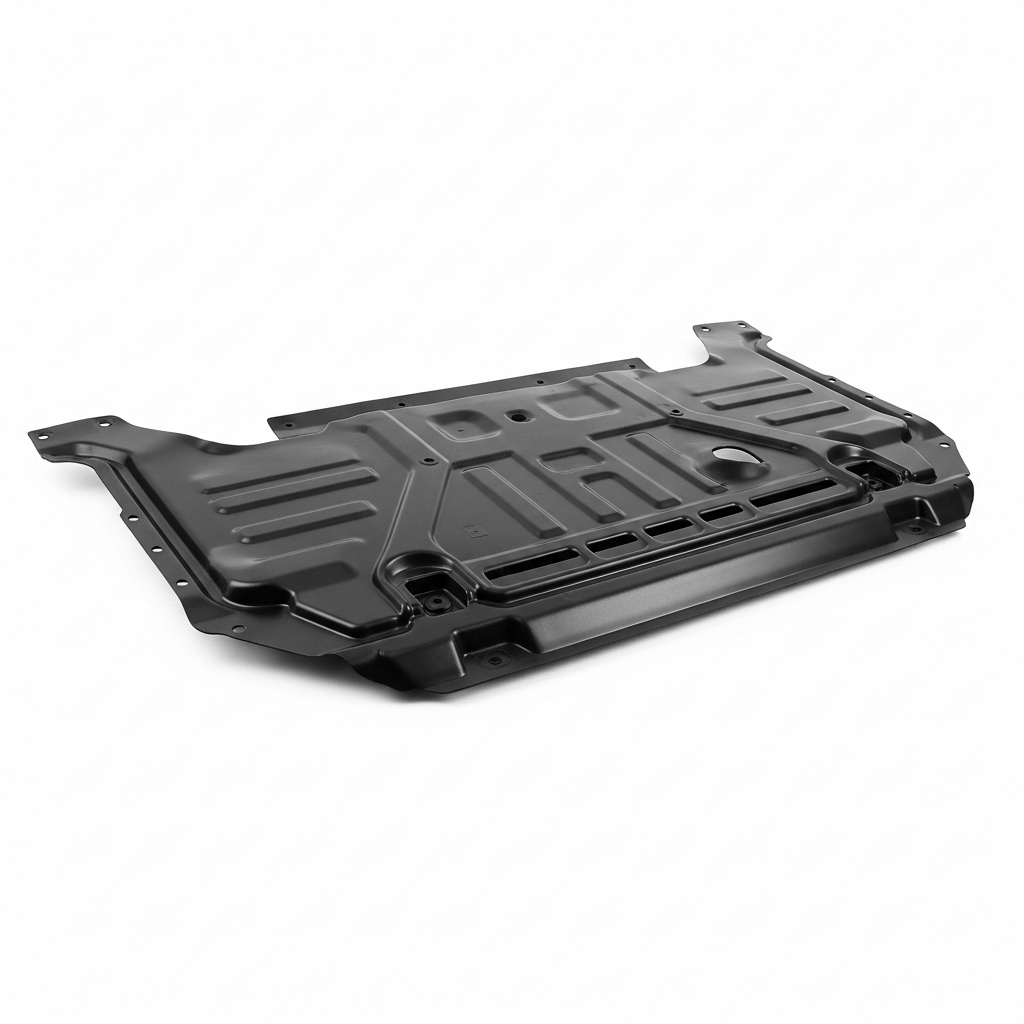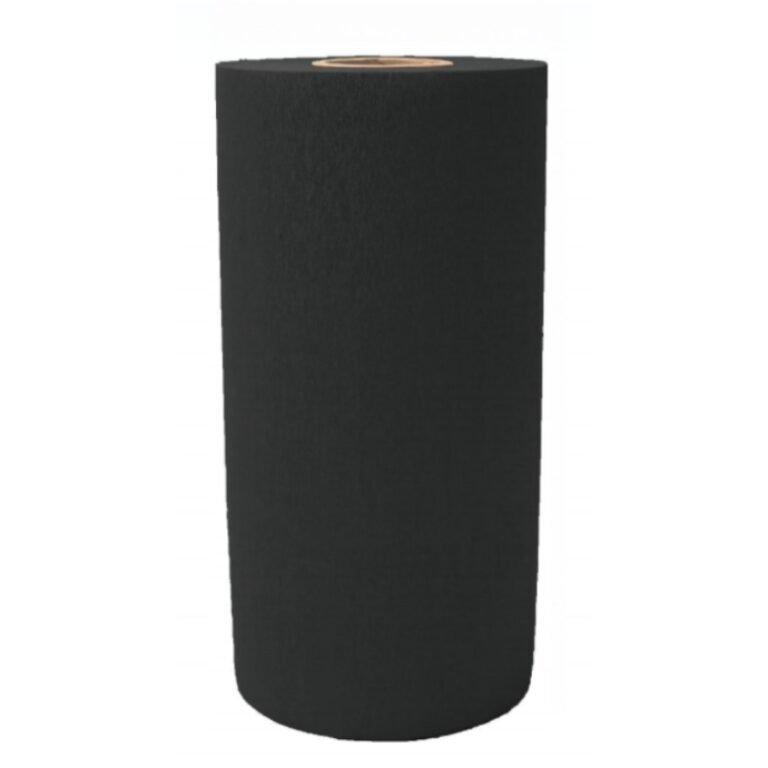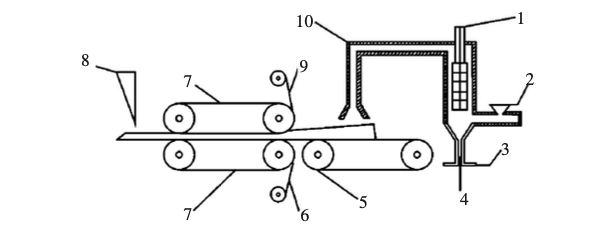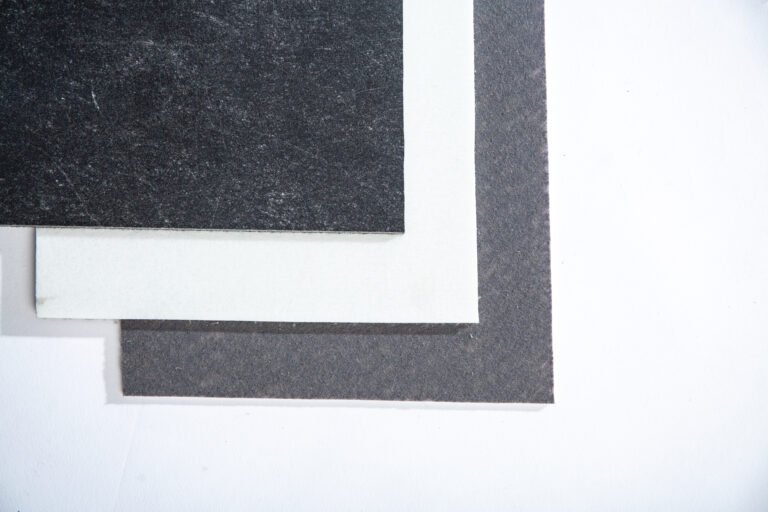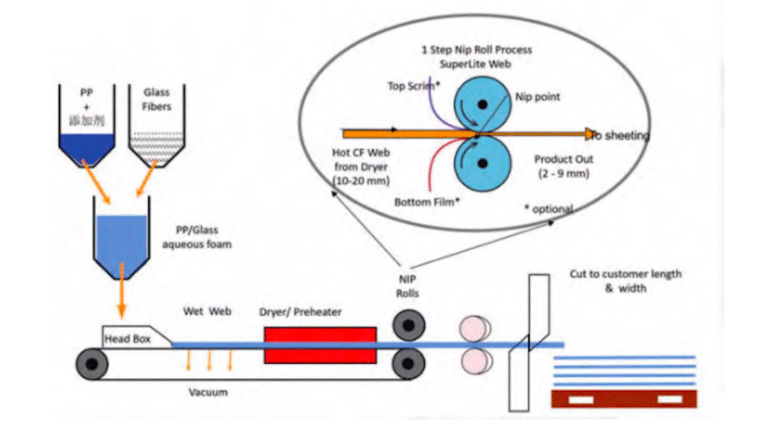The Automotive Lightweighting All-Rounder: An In-Depth Review of GMT Composites vs. Competitors
In the automotive industry’s grand push for lightweighting and replacing steel with plastics, a variety of new materials have emerged, each with its own strengths. Glass Mat Thermoplastic (GMT) composite is a standout performer among them. However, it is not a silver bullet; its true value is revealed when it goes head-to-head with other materials in specific application scenarios.
This article will move beyond generic descriptions and select two highly representative automotive components—the Underbody Shield and the Front-End Module Carrier—as case studies. We will conduct an in-depth comparison of GMT against traditional metals, other plastics, and composites, using data and facts to showcase its unique competitive advantages.
Step 1: Defining the Arena and the Players (Competitor Identification)
To conduct a meaningful comparison, we must first identify GMT’s competitors in different application domains.
- Structural & Semi-Structural Parts Arena (e.g., Shields, Front-End Modules, Seat Structures):
- Traditional Metals: Steel, Aluminum Alloys
- Thermoset Composites: SMC (Sheet Molding Compound)
- Other Thermoplastic Composites: LFT (Long-Fiber Thermoplastics)
- Interior Parts Arena (e.g., Instrument Panel Carriers, Door Modules):
- Commodity & Engineering Plastics: PP (Polypropylene), ABS, PC/ABS Alloys
- Long-Fiber Plastics: LFT-D (Long-Fiber Thermoplastic – Direct Compounding)
Now, let’s dive into the practical comparisons.
Case Study 1: The Underbody Shield — A Test of Strength and Durability
The underbody shield is a critical component that protects the vehicle’s chassis from stone impacts, scrapes, and chemical corrosion. This application is an extreme test of a material’s impact toughness, durability, and cost-effectiveness.
The Contenders: GMT vs. Steel vs. Polypropylene (PP)
| Comparison Metric | GMT Shield | Steel Shield | PP (Polypropylene) Shield | Analysis Summary |
| Core Performance (Impact) | Excellent. Possesses outstanding energy absorption. Can withstand multiple impacts without fracturing, typically only deforming or denting. | Fair. Prone to permanent denting after strong impacts, making repairs difficult. | Poor. Lacks toughness, especially becoming brittle at low temperatures. Tends to crack or shatter upon impact. | GMT wins. For complex road conditions, GMT’s unique blend of toughness and rigidity provides the most reliable protection. |
| Weight (Lightweighting) | Excellent. Density is approx. 1.2-1.4 g/cm³. | Poor. Density is approx. 7.85 g/cm³. Even when made very thin, it is by far the heaviest of the three. | Excellent. Has the lowest density at approx. 0.9 g/cm³. | While ensuring strength, GMT achieves significant weight savings, often over 50% lighter than steel. |
| Corrosion/Chemical Resistance | Excellent. Completely impervious to moisture, road salt, and other chemicals. | Poor. Requires complex anti-corrosion coatings (e-coat, paint). Scratches in the coating lead to rust. | Excellent. Naturally chemically inert. | Both GMT and PP are far superior to steel, eliminating long-term durability concerns. |
| Design & Mfg. Cost | Good. Can be compression molded into complex shapes in a single step with short cycle times (approx. 30-60s), ideal for mass production. | Fair. Raw material is cheap, but subsequent processes like stamping, welding, and coating are numerous, raising the overall cost. | Excellent. Low raw material cost and fast injection molding cycles give it a clear cost advantage. | PP has the lowest cost but also the weakest performance. GMT strikes the best balance between performance and efficient production. |
Scenario Conclusion:
If your goal is to produce a budget-friendly shield for an economy car offering basic protection, PP is a viable choice due to its extremely low cost. However, for mainstream vehicles pursuing higher safety and durability, especially SUVs that frequently encounter unpaved roads, GMT is unquestionably the optimal choice. For a slight cost increase over PP, it delivers vastly superior impact protection and near-metal stiffness, while offering far better lightweighting and corrosion resistance than steel. This is a classic example of GMT “playing to its strengths”: it doesn’t compete with PP on absolute low cost but offers value through a significant performance upgrade.
Case Study 2: The Front-End Module Carrier — A Stage for Integration and Precision
The front-end module carrier is an integrated structure that holds the radiator, condenser, headlights, bumper, and other components. It places extreme demands on a material’s stiffness, dimensional stability, design freedom, and part integration capability.
The Contenders: GMT vs. Steel Assembly vs. LFT-D
| Comparison Metric | GMT Module Carrier | Welded Steel Assembly | LFT-D Module Carrier | Analysis Summary |
| Part Integration | Excellent. Can integrate a dozen or more small parts (brackets, clips, air ducts) into a single, monolithic component, drastically reducing assembly time. | Poor. Composed of multiple stamped steel parts joined by welding and riveting. High part count, complex assembly, and difficult tolerance control. | Excellent. Similar to GMT, it also possesses superior part integration capabilities. | GMT and LFT-D revolutionized manufacturing logic by replacing multi-step steel assembly with a single molding step, achieving a leap in efficiency. |
| Weight (Lightweighting) | Excellent. Achieves a 30%-50% weight reduction compared to a steel assembly. | Poor. The heaviest option and a primary obstacle to lightweighting. | Excellent. On par with GMT, delivering significant lightweighting benefits. | Both GMT and LFT-D are clear winners in the quest for lightweighting in this application. |
| Performance (Stiffness/Toughness) | Good. The long fiber network provides sufficient stiffness to support all front-end components while retaining good impact toughness. | Excellent. Highest stiffness, but it is too rigid, leading to direct energy transfer in low-speed collisions, which is less favorable for pedestrian safety. | Excellent. The fiber length in LFT-D is controllable, often allowing for better fiber impregnation and theoretically achieving higher stiffness and strength than GMT. | LFT-D may have a slight edge in ultimate performance, but GMT’s properties already meet or exceed the vast majority of design requirements. |
| Cost & Process | Good. Tooling investment is high, but the overall cost is competitive due to part integration and the elimination of post-assembly. | Fair. Stamping die costs are high, and investment in welding and assembly lines is substantial, along with high labor costs. | Good. Uses an in-line compounding and injection process, eliminating the semi-finished sheet step. This leads to high material utilization and potentially better cost control. | LFT-D offers a more streamlined process and is GMT’s most direct and formidable competitor. |
Scenario Conclusion:
In this application, the steel assembly is gradually being phased out due to its weight and complex assembly. The primary competition is between GMT and LFT-D. Both offer exceptional lightweighting and part integration.
- GMT’s advantage lies in its mature technology. As a standardized sheet material, its performance is stable and predictable, and it is backed by a mature supply chain. For many OEMs, it is the more reliable, time-tested, and proven choice.
- LFT-D’s advantage is its more direct process, higher theoretical performance ceiling, and greater potential for cost control. It represents a more cutting-edge technological direction.
Respecting Reality: We must acknowledge that LFT-D is a powerful challenger to GMT in many new projects. However, thanks to its decades of application history and a vast database of successful cases, GMT remains a “safe bet” and an efficient choice when OEMs conduct their risk-benefit analyses.
Final Summary: The True Positioning of GMT
Through these two case studies, we can clearly outline the profile of GMT material:
- It is a balanced “all-rounder,” not a single-category champion. It doesn’t possess the absolute stiffness of steel or the absolute low cost of PP. Instead, it occupies a highly valuable “sweet spot” within the four-dimensional matrix of strength, toughness, weight, and cost.
- Its core value lies in holistic benefits. GMT’s advantages are not just in the material itself but in the manufacturing transformations it enables: it reduces assembly costs through part integration, boosts production efficiency through single-step molding, and achieves vehicle energy savings through lightweighting.
- It must be used by “playing to its strengths.” You would not use GMT for an automotive exterior panel that requires a ‘Class-A’ (high-gloss, flawless) surface; that is the domain of SMC or PC/ABS. GMT excels at being the unseen but vital hero—the structural and semi-structural parts that quietly contribute to the vehicle’s strength, safety, and low weight.
In conclusion, while GMT faces fierce competition from newer technologies like LFT, its deep application heritage and unparalleled balance of properties ensure it will remain an indispensable tool in the automotive engineer’s toolbox for designing lighter, safer, and more efficient vehicles for a long time to come.

